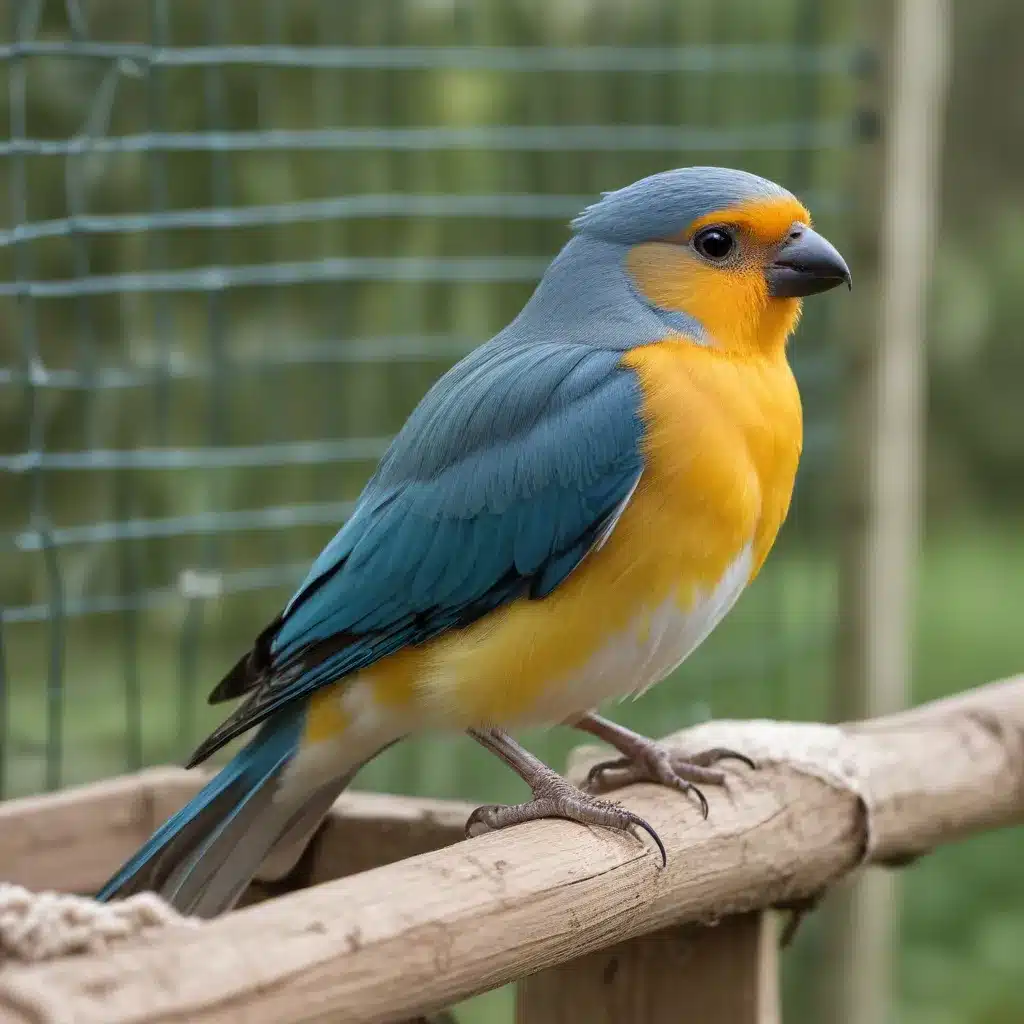
Avian Rehabilitation Challenges
Bird Rescue and Rehoming
Welcoming a rescued or rehomed bird into your home can be a deeply rewarding experience, but it also comes with unique challenges that require patience, dedication, and specialized knowledge. As an experienced avian caretaker, I’ve seen firsthand the joys and complexities of helping these feathered companions adjust to a new environment and find their way back to health and happiness.
The considerations for rescued birds are multifaceted. Many have experienced neglect, abuse, or simply a lack of proper care in their previous homes. This can manifest in a range of behavioral and medical issues that need to be addressed with great care and understanding. It’s crucial to remember that these birds have likely endured significant trauma, and rebuilding their trust and sense of security is a gradual process that requires a delicate touch.
One of the primary rehabilitation strategies for rehomed birds is to create a safe, enriching, and comfortable environment that allows them to gradually acclimate to their new surroundings. This may involve setting up their enclosure with familiar perches, toys, and hiding spots, as well as introducing them to their caretakers slowly and with plenty of positive reinforcement. Building trust is key, as these birds may be wary of human interaction or even exhibit aggressive behaviors as a defense mechanism.
Avian Behavior and Socialization
Addressing behavioral issues in rescued or rehomed birds is a crucial aspect of the rehabilitation process. Behaviors such as feather plucking, screaming, and aggression are often a manifestation of underlying stress or anxiety. By taking the time to understand the root causes of these behaviors and implementing positive reinforcement training, caretakers can help their feathered friends overcome these challenges and develop healthier coping mechanisms.
Fostering positive social interactions is another critical component of avian rehabilitation. Many rescued birds have had limited exposure to positive human interaction, and reintegrating them into a healthy social dynamic can be a delicate process. Introducing the bird to new people gradually, providing opportunities for supervised interactions, and encouraging positive associations through treats and praise can all help facilitate this transition.
Veterinary Care for Rescued Birds
Assessing the medical needs of rescued birds is a crucial first step in their rehabilitation journey. These birds may have underlying health conditions or nutritional deficiencies that require specialized veterinary care. Working closely with an experienced avian veterinarian is essential to ensure that any medical issues are properly diagnosed and addressed through tailored treatment protocols.
In some cases, rescued birds may require long-term medical management or even lifelong medication to maintain their health. It’s important for caretakers to be prepared for this reality and to work closely with their veterinary team to develop a comprehensive care plan that meets the bird’s unique needs.
Habitat and Environmental Factors
Enclosure Design and Enrichment
Creating an environment that caters to the specific needs of rescued or rehomed birds is paramount to their rehabilitation and well-being. Designing an enclosure that replicates their natural habitats, with a variety of perches, climbing opportunities, and hiding spots, can help these birds feel more secure and confident in their new surroundings.
Providing enrichment activities is also crucial for these birds, as it helps to stimulate their natural behaviors and prevent the development of harmful coping mechanisms. This may involve introducing foraging toys, rotating new objects for exploration, and offering opportunities for supervised out-of-cage time to encourage natural behaviors like climbing, flapping, and interacting with their environment.
Dietary Requirements and Nutrition
Addressing nutritional deficiencies is a common challenge when caring for rescued or rehomed birds. Many of these birds may have been fed an inadequate diet in their previous homes, leading to health issues that require a careful transition to a more balanced and appropriate nutritional plan.
Working closely with an avian veterinarian or a qualified avian nutritionist can help caretakers develop a feeding regimen that addresses any existing deficiencies and supports the bird’s overall health and well-being. This may involve gradually introducing a variety of fresh fruits, vegetables, and high-quality pellets or formulated diets to ensure that the bird’s nutritional needs are met.
Training and Reintroduction
Positive Reinforcement Techniques
Incorporating positive reinforcement training into the rehabilitation process can be a powerful tool for building trust and confidence in rescued or rehomed birds. By using rewards like treats, praise, and favorite activities, caretakers can encourage desired behaviors and help the bird associate positive experiences with human interaction.
This approach can be particularly effective in addressing behavioral challenges, as it allows the bird to feel in control and empowered, rather than feeling threatened or coerced. Over time, this can help the bird develop a more positive outlook on human interaction and make the reintegration process smoother.
Monitoring and Aftercare
Closely monitoring the progress and milestones of rescued or rehomed birds is essential for ensuring a successful rehabilitation and reintegration process. Caretakers should keep detailed records of the bird’s behavior, health, and response to training and enrichment activities, allowing them to identify areas of improvement and adjust their approach as needed.
Providing ongoing support and follow-up care is also crucial, as the rehabilitation journey can be a long and complex process. Staying in touch with the bird’s veterinary team, seeking advice from experienced avian experts, and being available to address any concerns or questions that may arise can all contribute to the bird’s continued well-being and successful transition to their new home.
By navigating the unique challenges of training rescued or rehomed birds with patience, dedication, and a deep understanding of avian behavior and care, caretakers can help these remarkable creatures find the love, security, and fulfillment they deserve. Through our collective efforts, we can make a meaningful difference in the lives of these resilient birds and inspire others to join us in this rewarding and essential work.


